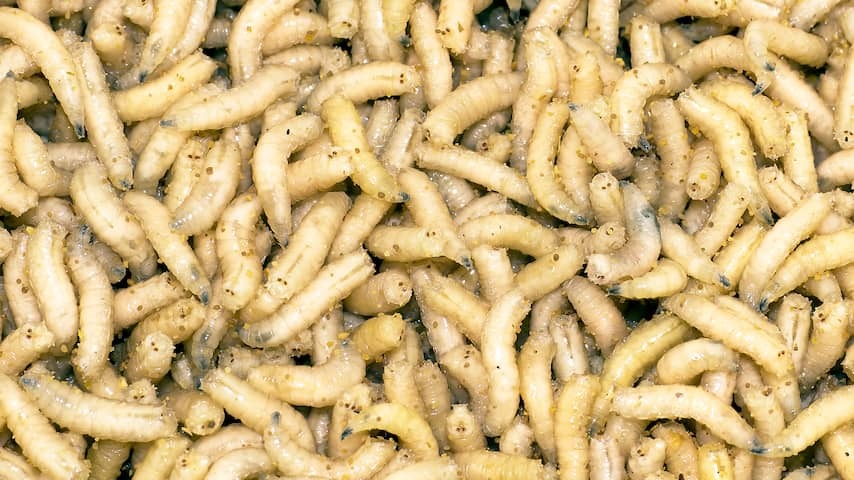
You open the container and encounter five generations of flies in all stages of their lives: egg, larva, pupa, and fly. This scenario is not so strange when it has been sunny for a while. Here’s how to tackle them.
The maggots you find in the container are often the larvae of a carrion fly, blow fly, mourning fly, flesh fly, or dung fly. Their mothers lay eggs on rotting organic and animal waste, and the maggots crawl out a day later.
The container is a paradise for maggots: there is plenty to eat, they are nice and warm and sheltered, and after about ten days of gorging themselves, they can pupate peacefully. New flies emerge from these pupae a few days later.
Female fly can produce five trillion offspring
These newly emerged flies immediately start reproducing. An entomologist once calculated that a female fly can produce as many as 5.6 trillion offspring in five months under optimal conditions and in the absence of enemies, according to Wageningen University & Research (WUR). And the conditions in a well-used green waste container are really optimal in the summer.
In your green container, you will find all four stages of the fly in the summer: egg, larva, pupa, and adult fly. You probably don’t want to encounter any of them. Milieu Centraal and WUR looked into the maggot problem in containers. We have listed the tips: